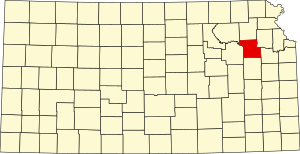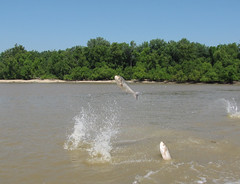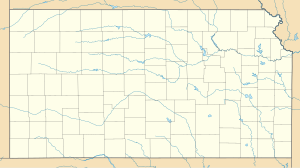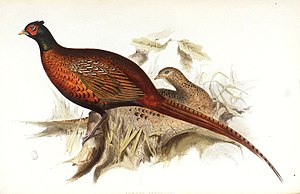
Kansas University professor to take participants on 1,000-mile journey
GREAT BEND — Every November, monarch butterflies arrive in central Mexico by the hundreds of millions, clustering so thickly in fir forests they sometimes break the tree branches. Learn more about this amazing annual migration as founder and director of Monarch Watch, Orley R. "Chip" Taylor, professor in the Department of Ecology and Evolutionary Biology at Kansas University, presents "Monarchs Wintering in Mexico: The Big Gamble." The program will be held at 2 p.m. on Feb. 26 at the Kansas Wetlands Education Center (KWEC), northeast of Great Bend on Cheyenne Bottoms Wildlife Area, just off Highway 156. The program is free and open to adults and children.
GREAT BEND — Every November, monarch butterflies arrive in central Mexico by the hundreds of millions, clustering so thickly in fir forests they sometimes break the tree branches. Learn more about this amazing annual migration as founder and director of Monarch Watch, Orley R. "Chip" Taylor, professor in the Department of Ecology and Evolutionary Biology at Kansas University, presents "Monarchs Wintering in Mexico: The Big Gamble." The program will be held at 2 p.m. on Feb. 26 at the Kansas Wetlands Education Center (KWEC), northeast of Great Bend on Cheyenne Bottoms Wildlife Area, just off Highway 156. The program is free and open to adults and children.
In 1992, Taylor founded Monarch Watch, an outreach program focused on education, research, and conservation regarding monarch butterflies. Since then, Monarch Watch has enlisted the help of thousands of volunteers to tag monarchs during the fall migration, helping gain new information about monarch migration dynamics. Locally, hundreds of school children and adults have participated in Monarch Watch's tagging program, as the butterflies migrate south in mid- to late September.
The past year was especially challenging for the small but tough orange and black creatures as they flew through a 1,000-mile corridor of drought-stricken land from Kansas through Mexico. Taylor will report on roost site counts tabulated in mid-February, providing the latest information on the monarch population.
After Taylor's presentation, activities for kids, including crafts, will take place in the KWEC classroom. A display on the monarch and information on establishing butterfly-friendly plants will also be available. For more information about the program, phone 1-877-243-9268 or 620-786-7456.




















